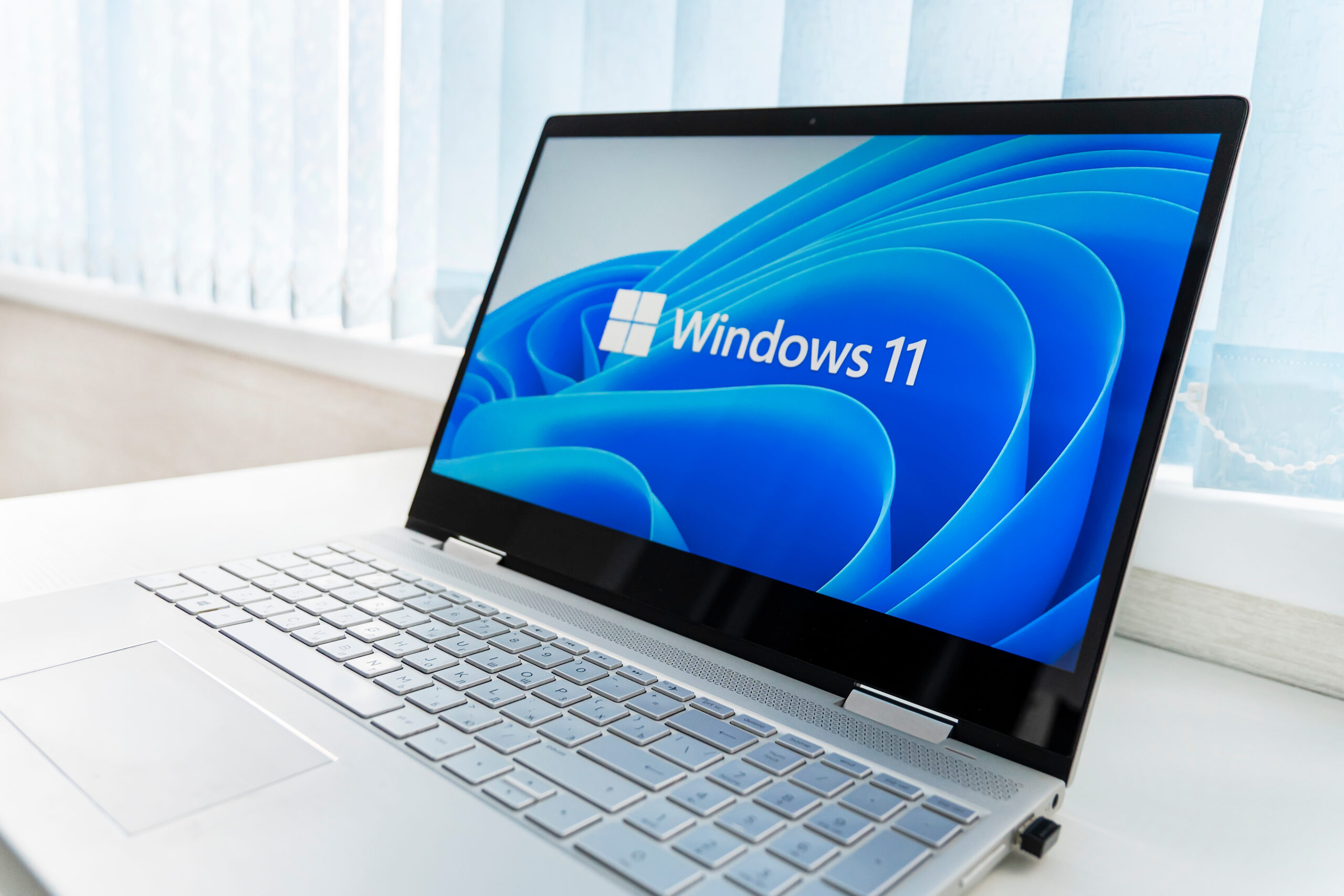Data center project to impact campus IT services Jan. 2
As part of the university’s data center migration project, the Office of Information Technology (OIT) will move network file shares to a new data center location on Monday, Jan. 2, which is a university-observed holiday.
As a result, all OIT-provided department file shares, user home drives and many other campus IT services will be unavailable from 5 a.m. to 2 p.m. on Jan. 2.
Impacted campus services include but are not limited to:
- OIT Network File services
- Advance System
- Financial System
- Human Resources System, including Wolftime and Time Clocks
- MyPack Portal
- OnBase Document Management System
- Oracle Identity Management including Self-Service Password Management
- RedHat Network Satellite service
- SAS Visual Analytics and Business Intelligence Platforms
- Student Information System
- System Access Request (SAR)
- Wolfpack Reporting System (WRS)
If you have questions about this service outage, please contact the NC State Help Desk via the NC State IT Service Portal or call 919.515.HELP (4357).
See “System Status” on the NC State IT Service Portal for the latest updates.


